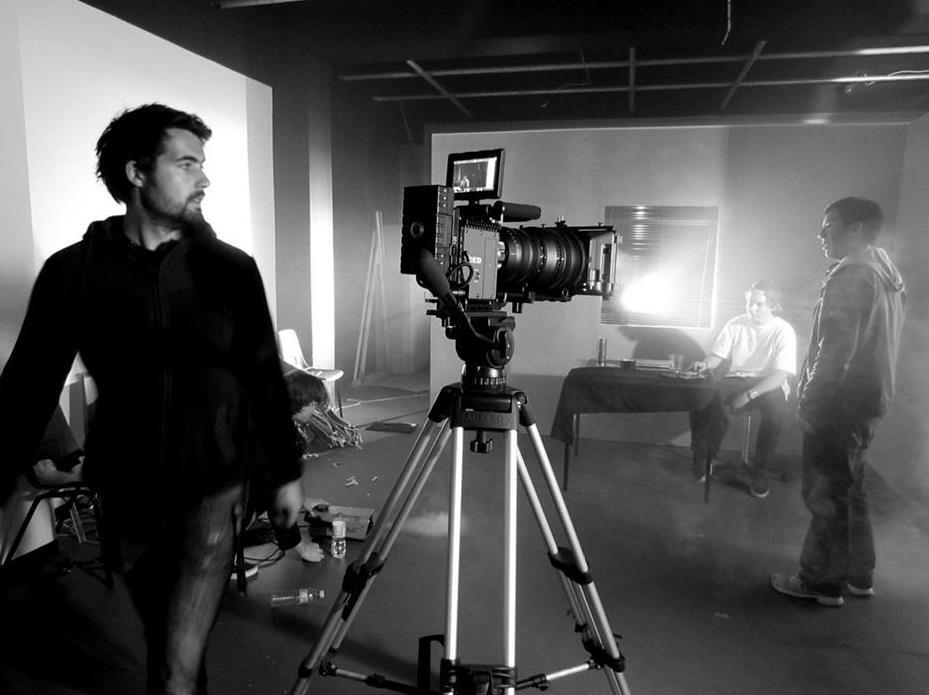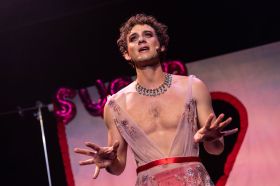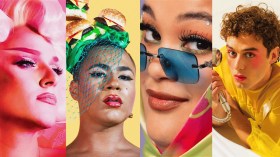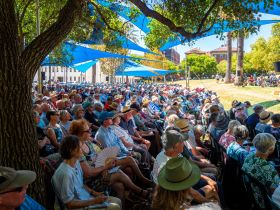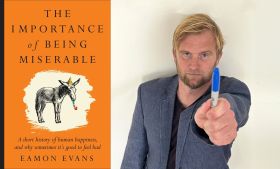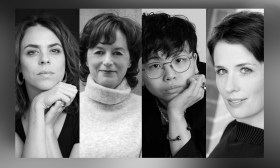Image: supplied.
When beauty appears on screen, it is the collaborative vision and work of the director, the cinematographer, the lighting designer and writer, not just the pretty faces of the stars.
As director Shane Carruth once said, ‘I believe that filmmakers have to internalize the story and subtext so well that all of the departments can start to speak to each other – that music can speak to cinematography can speak to writing and back again.’
The subject of beauty in film is necessarily complex.
For Anna Howard, cinematographer and teacher at the Academy of Film, Theatre and Television in Sydney, beauty is achieved through the melding of aesthetics and story – but only when it is appropriate. ‘Cinematography needs to follow the story and that isn’t always about beauty. On the contrary, sometimes it may be that you don’t want beauty in it,’ she said.
Learn how at AFTT Open Day this September
‘It’s really about telling the story. Choosing your lenses, choosing your lighting to tell the story as opposed to just having a look that you want to use, which may then be totally inappropriate to the story you want to tell.’
But when a beautiful shot is appropriate for the story being told, a cinematographer needs to know how to turn a director’s vision into reality.
To start, Howard turns to the script to uncover the emotion there and then begins to work with the director to start defining the visual style. Howard teaches students in the course Screen and Media: Cinematography at AFTT, how to turn the visual style into a reality.
Become a cinematographer at AFTT
‘The lighting can’t be a stand-alone thing. It has to work with the location, it has to work with the cast, it has to work with the makeup, it has to work with the wardrobe. All of those things have to come into play because without one or the other you don’t have a holistic picture to create.’
‘If I am filming someone it is really important for me to have a look at that person and see what colour hair do they have, what are their eyes like, what is their skin like? You have to light people differently depending on all those things,’ said Howard
The cinematographer works collaboratively with the production designer, costume and make-up artists, actors, and the director to discover how the lighting, lenses and design elements can work together most effectively.
‘Ultimately, it’s the director’s vision. All I’m doing is creating their vision for them as a cinematographer,’ said Howard.
Click here for more AFTT courses in film, theatre and television
Also experienced in filming advertising campaigns, Howard said beauty in a commercial context can be more straightforward. ‘There are a lot more people involved in those decisions. In the same sense, I would get a treatment and in that would be visual references for me because all of those things need to be approved before you go into production.’
If you are interested in finding out more about the courses on offer at The Academy of Film, Theatre and Television visit http://www.aftt.edu.au/courses
The Essential Skills Series is brought to you in partnership with the Academy of Film, Theatre and Television.

